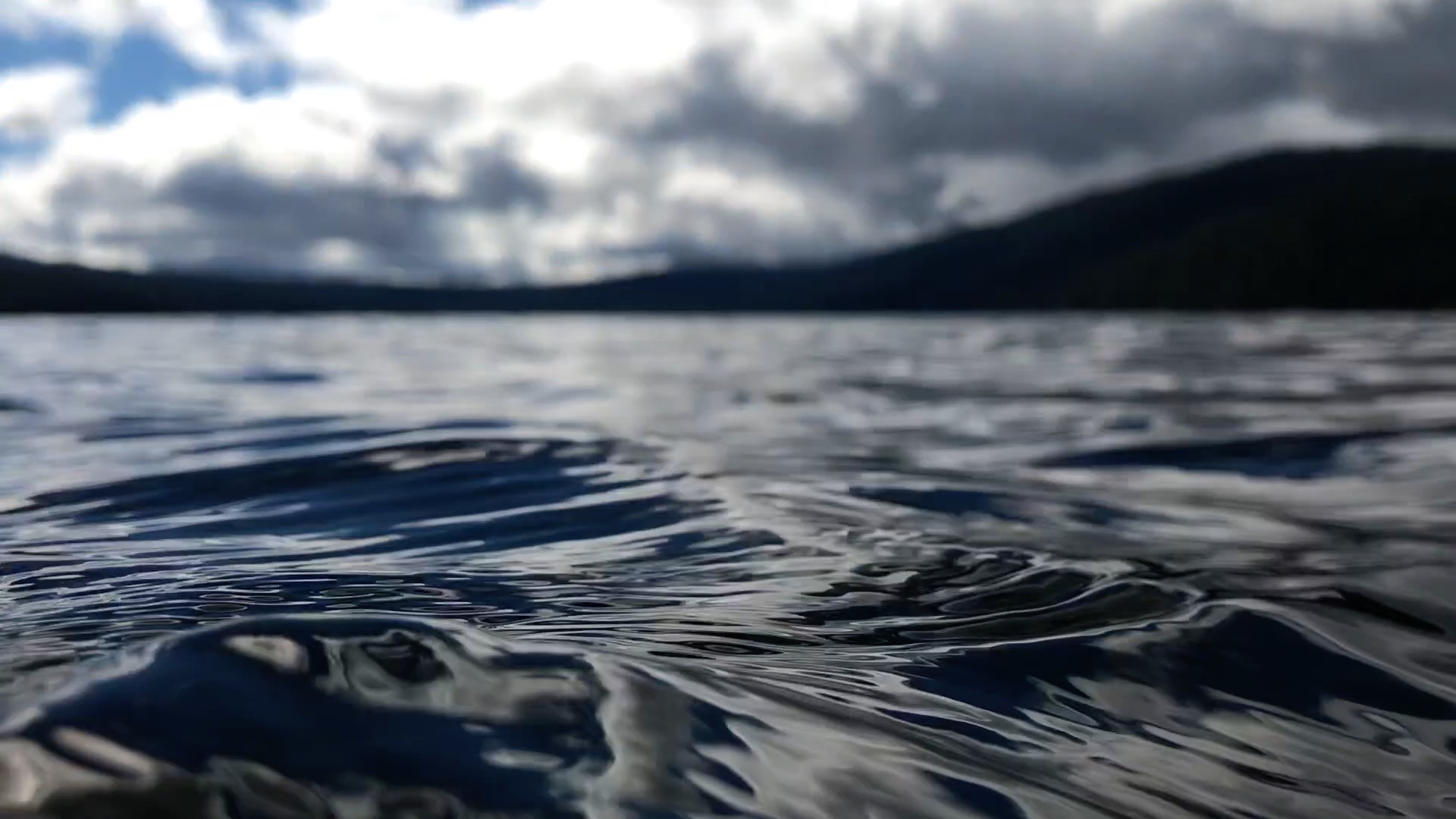In 2017 I swam the 20 km Mercer Island Marathon Swim, around Mercer Island near Seattle, Washington. I was fortunate to have a kayaker assigned to me. She was supportive, enthusiastic, motivational – everything you want your support kayaker to be – and she had a GoPro.
I had not yet embraced the GoPro world. Selfie sticks, helmet cams, prolific amounts of footage, and video editing, were way outside my comfort zone. However, after the swim I found myself anxious to get a look at my stroke. My lovely kayaker, also a coach for a local swim team, passed along some footage and suggested, ” maybe you could catch… a little sooner?” This insight, and being able to actually see myself swim, sent me down a long and winding path to change my form – that I never would have crossed if it hadn’t been for that footage.
My stroke had served me quite well to date; I completed the Mercer Island Marathon Swim, I had a few 10 mile Kingdom Swims under my belt, the 17 km Portland Bridge Swim, and even suffered through 36 miles of END-WET! Did I need to change?
It’s a grainy image from a video, but you can see it, can’t you?

Look at that elbow drop! Not to mention the lack of rotation.
I’ve studied, practiced, and coached many clients since 2017 (I’ve also invested in a GoPro). As I discussed in my last post, when you turn your head to breathe, you want to be as streamlined as possible. When you have good posture, a powerful pull, and snappy drive, you can capitalize on the moment between one stroke and the next and get a free ride.
With the awareness gained from watching this video, I could now feel when my elbow was dropping on my glide. It was extremely consistent! Not fatigue induced as I had originally thought.
Awareness is the first step. But how do you fix your stroke?
I’ve known for years that there is benefit to incorporating drills in your workout. When I was on deck coaching masters swimmers, I dedicated entire sets to drills and harped on my swimmers to actually do them correctly. However, when I attended a group workout, this was never something that I wanted to focus on: I can’t let Joe (the guy in the lane over) beat me! What if I miss the interval? I might not be able to lead my lane! What if I get lapped?

I started to investigate this further. The more I thought about how I swam, the more I realized that I had always swam for yards, or miles, or what have you. I always expected that my “feel” for the water would develop and be honed by swimming more. That was the way I grew up swimming. As an age group and high school swimmer, the longest race that I competed in was 1650 yard Freestyle, yet we trained upwards of 15,000-30,000 yards a week. Volume was always the emphasis.
Furthermore, it wasn’t until the very end of my swimming career, when I was taking a Water Safety Instructor course to learn how to teach kids to swim, that I received feedback on my stroke. The instructor asked me why I didn’t use my full length: “Why do you cut your stroke so short when your arms are so long?” In 10 years of swimming competitively, this was the first time anyone had mentioned this to me!
If you want to improve, you need a good coach, and you need to see yourself swim! It’s the only way that you can change. You need to see what you’re actually doing instead of just thinking that you’re doing it right.
Have you seen yourself swim? Ask a friend (or a lifeguard!) get some footage. Underwater footage is great, but a lot can be seen above water, I provide feedback for free!
Next time: how to make change.



